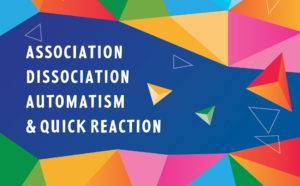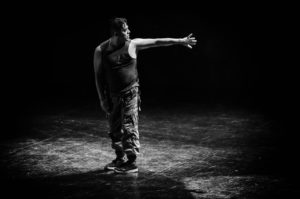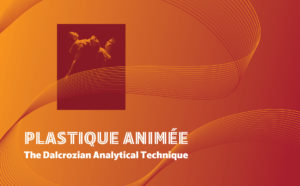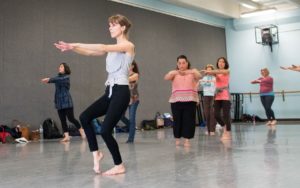DSA National Conference: Rhythmic Frontiers
The 2024 National Conference is rapidly approaching! Registration is now open for Rhythmic Frontiers, which will take place at the Oberlin Conservatory of Music from June 6 – 8. “Rhythmic Frontiers” beckons participants to explore new territories in sound and motion. As frontiers symbolize the unknown and untapped, this theme invites us to innovate, experiment,…
Read MoreSurprising Discoveries about Children and Race
As a music educator, you know how important it is to engage children in music at an early age. Babies, toddlers, and preschoolers all respond with glee to inviting rhythms, melodies, and harmonies. They bounce, tap, sing, and swing their way into absorbing the language of music. A young child’s whole body and being is…
Read MoreNine Things to Do in Oberlin (When You’re Not at the 2024 DSA National Conference)
In just a few short months, we’ll be welcoming the Dalcroze community to Oberlin, OH for the 2024 DSA National Conference. On June 6–8, you’ll have the choice of over 35 interactive sessions on Dalcroze eurhythmics, solfège, improvisation, and more. But what is there to do outside these sessions, workshops, and special events? Where can…
Read MoreAssociation, Dissociation, Automatism, and Quick Reaction
“Clap the beat.” “When I say change, change between your hands and feet.” It’s not often that we encounter a eurhythmics lesson without hearing one of these quintessential phrases. They are an integral part of a eurhythmics class and an indicator that students are experiencing one of several frequently used pedagogical strategies: association, dissociation, or…
Read MoreDSA Member Spotlight: Mira Larson
Mira Larson is a Salt Lake City-based Dalcrozian and cellist and Dalcrozian. She is currently finishing up her license level studies through the Dalcroze School of Music and Movement. Mira currently teaches in Salt Lake City at the Gifted Music School, La Maison des Enfants, and her own Rythmique Music School. In addition, Mira serves…
Read MoreIs the Baby Improvising?
Is the baby improvising when it’s crying? Cynthia Lilley says this is a koan (a question for meditation). Might be, but I want to consider it as a real question—that is, an invitation to an answer. Certainly the baby is vocalizing, and certainly the product is unscripted and urgent. But is it improvisation? In order…
Read MoreAural Reactions #1
The 21st century Dalcroze teacher often uses current technology in the classroom to connect with students in a contemporary manner. Such technology includes the use of recordings. While the use of recorded music versus improvised music can be a topic of hot debate, it is no secret that recorded music has a definite place in…
Read MorePlastique Animée: The Dalcrozian Analytical Technique
“The acquisition of all the plastic, dynamic, and agogic qualities indispensable to rhythmist or dancer, actor, or mime, will make him only an adapter, a transposer, an automaton, unless these technical qualities are controlled by a wealth of fancy, a supple, elastic temperament, a generous spontaneity of feeling, and an artistic, responsive nature. All plastique…
Read MorePlastique Animée: The Importance of the Embodiment of Musical Expression and Communication
This essay considers the benefits of approaching musical expression and performance using the mindset and practices of a plastician, and how this can provide insight for instrumentalists, audiences, and music students. A personal account of the author’s first hand experience of performing Plastique Animée, it discusses the process and enlightenment from the point of view…
Read MoreGroup Activities in the Dalcroze Lesson
Perhaps the most enduring negative side effects of the recent pandemic were caused by the social isolation. Families were segregated during illnesses, schoolchildren were separated from their peers, and communities suffered permanent losses of their members. I found myself missing even the most basic, mundane tasks like grocery shopping, taking my children to local playgrounds,…
Read More







